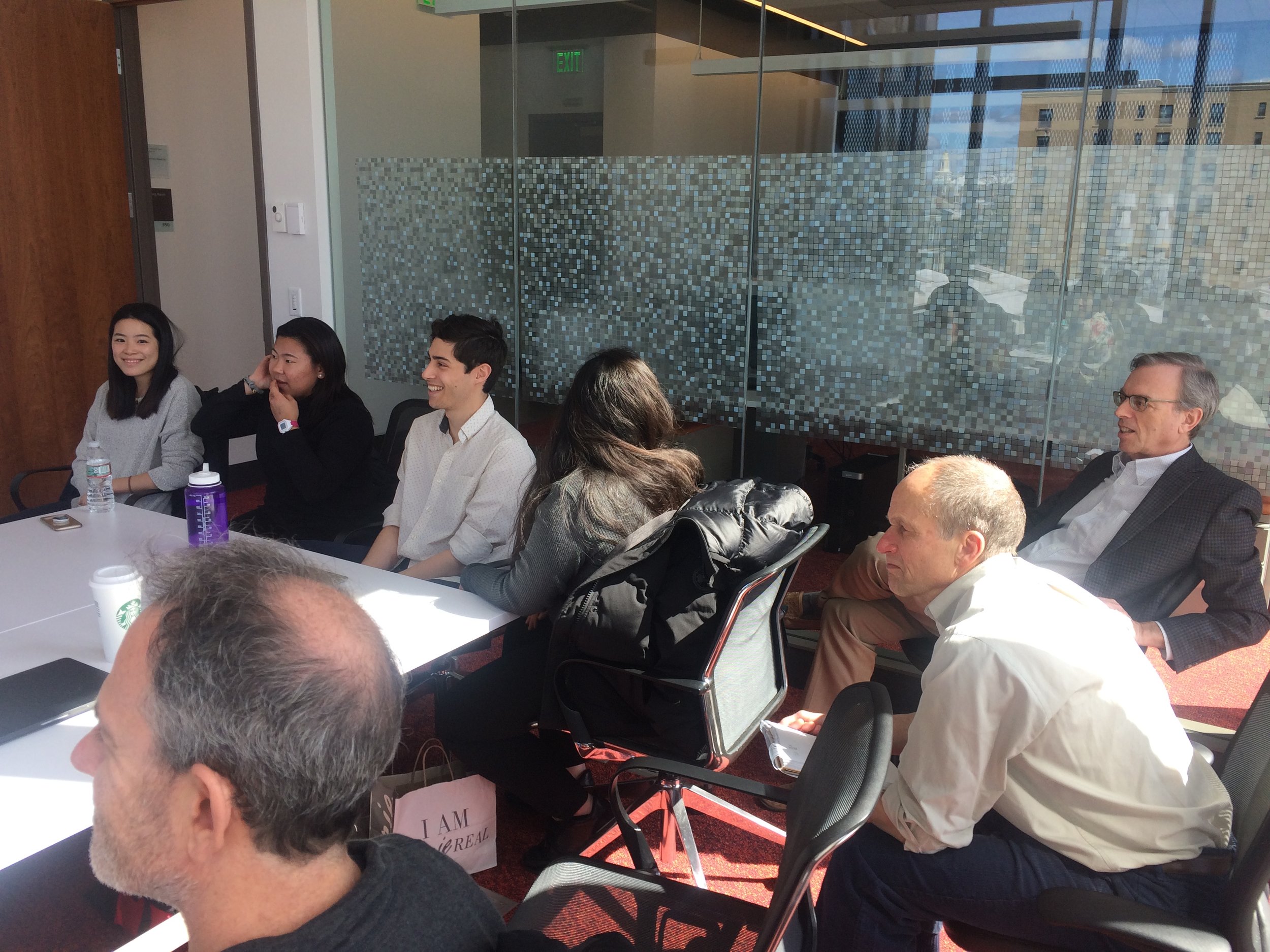How to “Manage” A Blue Lobster
/#NoFilter
As we think ahead to the surreality of these times, many of us are trying to figure out how to support, encourage, understand our employees, in particular, how to find, nurture and develop our blue lobsters. So, I adapted this ‘oldie’ to remind us how, before I even knew about blue lobsters.
My first boss at Bell Labs had a habit of yelling. While he was an equal-opportunity yeller, when he shouted at me in my first department meeting, I got up, told him when he wanted to talk, not yell, I’d be in my office and walked out. I was 20 years old, just out of undergrad, and sitting among a group of aghast Ph.D.’s . Perhaps this was not the best initial career move. But about 30 minutes later, he walked into my office and apologized. He never yelled at me again (though he did keep yelling at the rest of the team), and became one of three manager-mentors that shaped my career at Bell Labs and AT&T — and taught me to manage others and myself. I’ll share one story from each boss and the lesson I learned from each.
That first boss, the reformed yeller, provided multiple opportunities for visibility up to the president of Bell Labs, coaching me all the way. He went out on a limb to make me the first person promoted to Member of Technical Staff (MTS) without a Ph.D. or M.S., and under the age of 25. He gave me the freedom to design my own role and the autonomy to accomplish my goals, only “interfering” to remove obstacles and create more visibility. When I was going to quit to move to Ohio and marry my husband, who had left Basic Research at Bell Labs to teach Physics at Oberlin College, he pulled strings with HR and his counterpart at AT&T for our project (and my next boss) so I wouldn’t quit. These two men arranged my transfer to my new boss’s organization, moved me to Oberlin, Ohio and flew me back and forth for nine years…just so I wouldn’t quit.
Lesson 1: Let Your People Go.
When you find great talent, do what you need to in order to encourage and support them. Treat them justly and do what’s right for them and the organization over what’s right for you personally. Give them opportunities to excel and succeed and air cover if they fail. Be willing to take “personal” risks for the right employee.
I knew my second boss already, having worked with him for a year or so with mutual respect and admiration. He fully supported my telecommuting, since it “proved” our project in action, and funded a home office with every device imaginable for 1988, including a laptop and cell phone. I commuted weekly to New Jersey and monthly to Europe and Asia. I designed my own job with my own set of outputs and outcomes — he provided the resources to make it happen. He taught me how to succeed at corporate politics without compromising my integrity and championed my work up the executive ladder. He orchestrated a “loan” of me to the president’s office for a special project that was a significant career opportunity. And, when the project was done, he helped me choose from my available options: stay in the executive suite, go with the business I’d helped start as a result of the project, or return to my organization. I did not want to stay with the executives — there were no role models for me in the C-suite (which they interpreted as no women and I clarified as no humans). I wanted to go back to my boss and his wonderfully addictive leadership style, but he pushed me to join the management team running the new business.
Lesson 2: Light the Fire and Clear the Path.
Guide your people’s passion and get out of the way: the autonomy and freedom I was given to create and do my job exponentially increased my passion, excitement and success. My manager-mentors made sure my passions aligned with organizational direction, gave me some high-level boundaries, resources, and introductions to make it happen. They removed obstacles, showed me how to handle challenges, provided opportunities, and took the blame while giving me the credit.
The new business’s management team consisted of many Labroids (Bell Labs folks), and my next boss also believed in autonomy, outcomes over outputs, customer-centricity, and developing his people. The experiences, opportunities, successes, failures, and learnings during that “start-up” time were amazing and we had a lot of fun creating a separate culture. While working for him, I had my first child. In addition to maternity leave benefits, his support and communication with the rest of the team in New Jersey made it possible for me to work from home, without travel, and still have significant impact on the business. For him, the fact I wasn’t in New Jersey meant I had a politically unbiased perspective on the business’s needs. He’d handle the politics; I’d handle getting the work done with my team. Unfortunately, AT&T was changing dramatically, and not positively. We all started leaving.
Lesson 3: Remember, They’re Human.
Many companies treat their employees as employees — nicely and kindly, even generously — but not as humans. My manager-mentors made it clear that I mattered not just for what I could do, but also for who I was. It wasn’t just about the generous maternity leave or the work-from-home flexibility*, although I was grateful for both. Boss #2, for instance, required that I take two consecutive weeks of vacation to fully relax. My assistant took care of everything and virtually banned me from checking email, even though we would still do the New York Times crossword puzzle every day — an important ritual for us no matter where I was in the world. While I had “official” vacation days, no one ever kept tabs on them unless the number to be carried over was too large. It was important to all my bosses that I learn from their successes, mistakes and not share their regrets.
What else did I learn from three incredible manager-mentors? While there were many lessons, this has stood out for me over the past 30 years…
Lesson 4: Trust is everything.
And everything flows from trust — learning, credibility, accountability, a sense of purpose and a mission that makes “work” bigger than oneself.
Yes, I’ve been extremely blessed and my circumstances were, and unfortunately still are, atypical. But they don’t have to be. As you look at your organization, at your people, at your culture, please think about how you can apply just one of these lessons, perhaps even just one part of one lesson. The benefits last decades.
*This was from 3Q1996 to when I quit in 2001










